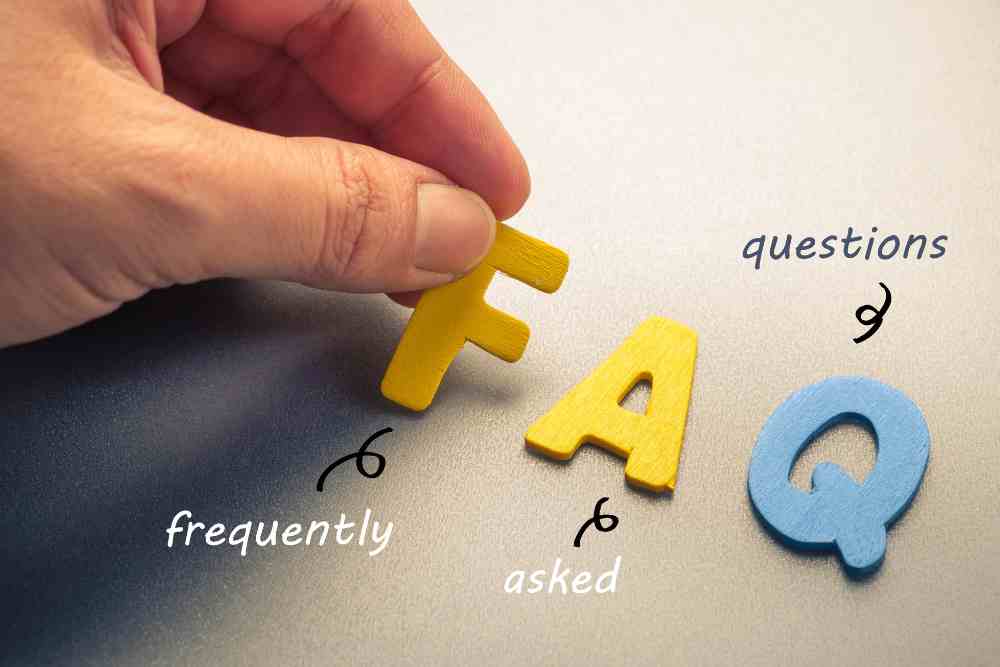Targeting Customers with Segmentation and CRM

Effective customer targeting is crucial for businesses to maximize their marketing efforts and drive sales. By understanding the unique needs and preferences of different customer segments, businesses can tailor their marketing messages and offerings to resonate with their target audience. This is where customer segmentation and customer relationship management (CRM) come into play. In this article, we will explore the importance of targeting customers through segmentation and CRM, and how businesses can leverage these strategies to achieve their marketing goals.
The Importance of Customer Segmentation
Customer segmentation is the process of dividing a company’s customer base into distinct groups based on shared characteristics, such as demographics, behavior, or preferences. By segmenting customers, businesses can gain valuable insights into their target audience and create more personalized marketing campaigns. Here are some key reasons why customer segmentation is important:
- Improved targeting: By segmenting customers, businesses can identify the most profitable segments and focus their marketing efforts on those specific groups. This allows for more efficient use of resources and a higher return on investment.
- Personalization: Customers today expect personalized experiences. By understanding the unique needs and preferences of different segments, businesses can tailor their marketing messages and offerings to resonate with their target audience, increasing the likelihood of conversion.
- Reduced marketing waste: By targeting specific customer segments, businesses can avoid wasting resources on marketing efforts that are unlikely to yield results. This leads to cost savings and a more efficient use of marketing budgets.
- Increased customer loyalty: When customers feel understood and catered to, they are more likely to develop a sense of loyalty towards a brand. By delivering personalized experiences, businesses can foster long-term relationships with their customers, leading to repeat purchases and advocacy.
The Role of CRM in Customer Targeting
Customer relationship management (CRM) is a strategy and technology that businesses use to manage and analyze customer interactions and data throughout the customer lifecycle. CRM systems enable businesses to collect and store customer information, track customer interactions, and analyze customer behavior. Here’s how CRM can help businesses target customers effectively:
- Centralized customer data: CRM systems provide a centralized database where businesses can store and access customer information. This allows businesses to have a holistic view of their customers and their interactions, enabling better targeting and personalization.
- Segmentation capabilities: CRM systems often come with built-in segmentation capabilities, allowing businesses to segment their customer base based on various criteria. This makes it easier to target specific customer segments with tailored marketing messages and offerings.
- Behavior tracking: CRM systems can track customer behavior, such as website visits, purchase history, and engagement with marketing campaigns. This data can be used to identify patterns and preferences, enabling businesses to target customers with relevant and timely offers.
- Automation and personalization: CRM systems can automate marketing processes and enable personalized communication with customers. By leveraging customer data, businesses can send targeted emails, personalized recommendations, and customized offers, increasing the chances of conversion.
Case Studies: Successful Customer Targeting with Segmentation and CRM
Let’s take a look at two case studies that demonstrate the effectiveness of customer targeting through segmentation and CRM:
Case Study 1: Amazon
Amazon, the e-commerce giant, is known for its highly personalized customer experience. The company leverages customer segmentation and CRM to deliver targeted recommendations and personalized marketing messages. By analyzing customer behavior and purchase history, Amazon identifies customer preferences and tailors its product recommendations accordingly. This level of personalization has contributed to Amazon’s success and customer loyalty.
Case Study 2: Starbucks
Starbucks, the global coffee chain, uses customer segmentation and CRM to enhance its customer experience. Through its loyalty program, Starbucks collects customer data and tracks customer behavior. This data is then used to personalize offers and promotions, such as free birthday drinks or customized recommendations based on past purchases. By targeting customers with relevant and personalized offers, Starbucks has been able to increase customer engagement and loyalty.
Key Steps to Target Customers with Segmentation and CRM
Now that we understand the importance of customer segmentation and CRM in targeting customers, let’s explore the key steps businesses can take to implement these strategies effectively:
Step 1: Collect and analyze customer data
The first step is to collect relevant customer data, such as demographics, purchase history, and behavior. This can be done through various channels, such as online surveys, website analytics, and CRM systems. Once the data is collected, it should be analyzed to identify patterns and segments within the customer base.
Step 2: Define customer segments
Based on the analysis of customer data, businesses should define distinct customer segments. These segments can be based on demographics, behavior, preferences, or any other relevant criteria. Each segment should be clearly defined and have unique characteristics that differentiate it from other segments.
Step 3: Tailor marketing messages and offerings
Once the customer segments are defined, businesses should tailor their marketing messages and offerings to resonate with each segment. This can include creating personalized email campaigns, targeted advertisements, and customized product recommendations. The goal is to deliver relevant and timely messages that address the specific needs and preferences of each segment.
Step 4: Implement CRM systems
CRM systems play a crucial role in implementing customer targeting strategies. Businesses should invest in a CRM system that allows for centralized customer data storage, segmentation capabilities, and behavior tracking. The CRM system should be integrated with other marketing tools and channels to enable seamless communication and automation.
Step 5: Continuously monitor and optimize
Customer targeting is an ongoing process that requires continuous monitoring and optimization. Businesses should regularly analyze customer data, track the performance of marketing campaigns, and gather customer feedback. This information can be used to refine customer segments, improve targeting strategies, and enhance the overall customer experience.
Get Your FREE 14-Day Trial and Take Your Business To The Next Level with an All-In-One Sales and Marketing Platform for businesses, agencies and marketers.
Targeting customers through segmentation and CRM is a powerful strategy that can help businesses maximize their marketing efforts and drive sales. By understanding the unique needs and preferences of different customer segments, businesses can tailor their marketing messages and offerings to resonate with their target audience. Customer segmentation allows for improved targeting, personalization, reduced marketing waste, and increased customer loyalty. CRM systems enable businesses to collect and analyze customer data, track customer behavior, and automate personalized communication. By following key steps such as collecting and analyzing customer data, defining customer segments, tailoring marketing messages and offerings, implementing CRM systems, and continuously monitoring and optimizing, businesses can effectively target customers and achieve their marketing goals.
For small businesses, agency owners, and marketers looking for an all-in-one sales and marketing platform, SaasExpert.ca is the solution. With its comprehensive features and user-friendly interface, SaasExpert.ca empowers businesses to streamline their customer targeting efforts, manage customer relationships, and drive growth. Visit https://SaasExpert.ca to learn more and start maximizing your marketing potential.
Learn more about “Client Segmentation Using CRM” here.
Frequently Asked Questions about Targeting Customers with Segmentation and CRM

🎯 What Does It Mean to Target Customers with Segmentation and CRM?
Ah, targeting customers with segmentation and CRM is like using a GPS for your business—you get to where you want to go, faster and more efficiently. 🛣️ Essentially, segmentation allows you to break down your customer base into smaller groups based on certain characteristics (think age, spending habits, etc.). Once segmented, your CRM software helps you tailor messages and campaigns that resonate with each group. The outcome? More conversions, more sales, and a happier customer base. 🤑
🛠️ How Can I Use CRM Software to Facilitate Customer Targeting Through Segmentation?
Wondering how to put this all into action? 🤔
CRM software is your best friend here! It automates the process of sifting through mountains of customer data to identify key patterns and trends. You can then use these insights to categorize your audience and send highly relevant content or offers their way. CRM systems are like the Swiss Army knives of customer targeting—multi-functional and indispensable! 🌟
💡 What Benefits Can I Expect From Using CRM and Segmentation for Customer Targeting?
Get ready to experience a game-changing transformation in your marketing efforts! 🚀
Higher Conversion Rates: By sending tailored messages, you’re more likely to engage your customers in a way that leads to action. 🛒
Better Customer Retention: When you know what your customers want (thanks to segmentation), it’s easier to meet their needs and keep them coming back. 💖
Streamlined Operations: Time is money, right? Automating the segmentation process saves you hours, freeing you up for other crucial tasks. ⏳
Data-Driven Decisions: Say goodbye to guesswork! CRM analytics provide you with data-backed insights that guide your targeting efforts. 📊
📚 Any Real-World Examples of Companies Excelling at Customer Targeting Through CRM and Segmentation?
Oh, the success stories are endless! 🌟 One e-commerce business used CRM segmentation to divide its customer base based on shopping behavior, resulting in a 30% increase in conversion rates. Another example? A tech company used CRM to identify high-value customers and retarget them with special offers, seeing a 50% increase in upsells! 📈
💎 Do You Have Any Pro Tips for Maximizing CRM-Segmentation for Customer Targeting?
Absolutely! If you’re looking to dominate your market, here are some pro tips:
Regularly Update Your Segments: As your business evolves, so will your customer base. Keep your segments updated to ensure you’re always on point. 🔄
Personalize, Personalize, Personalize: The more personalized your messaging, the more effective it will be. Custom fields in CRM can be your golden ticket. 🎫
Measure Your Success: Metrics matter! Keep an eye on KPIs like conversion rates, click-through rates, and ROI to assess the effectiveness of your targeting efforts. 📈
A/B Testing is Your Friend: Don’t be afraid to experiment with different messages and offers to see what resonates most with each segment. 🧪
There you have it! Leverage the power of CRM and segmentation, and you’ll be well on your way to unparalleled customer-targeting success! 🌈🚀
- crm
- customer relationship management
- Targeting Customers with Segmentation and CRM
- What is CRM Software?






